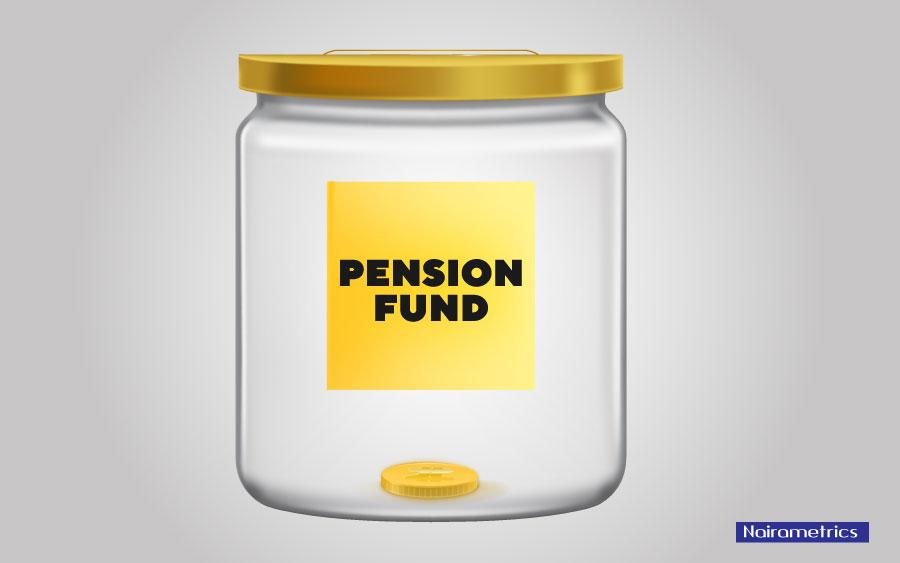The overreliance of Nigerian Pension Fund Administrators (PFAs) on low-risk/ low-yielding assets might provide a level of security, but a look at its reports for the last decade reveals a string of negative real returns – and it could get worse.
If there’s any way to define the potential outcome of having a pension account, it is that in spite of all of life’s possible curveballs, there will be light at the end of the tunnel upon retirement. To this end, it is the role of pension fund owners to make investment decisions that will do well to provide a level of safety to pension contributors whilst also creating more value for relevant stakeholders.
The National Pension Commission (PenCom) over time has put in place systems and structures to facilitate this – the last being the July 2018 introduction of the multi-fund structure matching investment risk appetite to the profile of pension contributors amongst other things.
As opposed to the usual Retirement Savings Account (RSA) ‘Active’ Fund, the multi-fund structure comprises of 3 RSA funds – Fund 1, Fund 2, and Fund 3 – each having varying risk exposures with Fund 1 having the highest percentage of variable income instruments and Fund 3 having the least percentage. This is also together with the Retiree fund also regarded as Fund 4.
READ ALSO: This is how much Federal Government borrowed from Pension Funds in 2019
The current pension fund scheme is undoubtedly designed to perpetuate capital accretion for contributors. Yet, with a current weight of 71.87% of the overall pension fund assets as at the year ended 2019, the difference is not so clear.
Whilst having a bulk of the pension funds in fixed income securities might create the perception of the safety of financial assets, research has shown that it does very little to earn enough profit to mitigate the risks of inflation, let alone yield positive returns.
Analysis of returns from the last decade of the now over 10-trillion-Naira-asset fund reveals an overall loss in value.
(READ MORE : Pension funds managers are really going to struggle in 2020 – Sigma Pensions CEO )

For the 10-year period spanning 2010 to 2019, the RSA ‘Active’ Fund Weighted Average Rate of Return (WARR) had a range of 3.74% to 16.42%, attaining a 10-year average of 11.61%. Please note that data for 2018 is a computed figure based on multiple averages for the year as a result of the change in structure in 2018.
The Retiree Fund as well, revealed a range of 9.32% to 15.39%, with a 10-year average of 12.41%. With average inflation for the same period at 11.80%, PFA returns are barely racing to cover inflationary pressures.
READ ALSO: Pension contributions from Nigerians under 30 dwindling at an alarming rate
As a result of certain restrictions and limitations making them only invest in risk-free and low-yielding assets like bonds, PFAs do not have the incentive to pursue higher returns for their contributors. With the increasing unattractiveness of the money market, more losses will be incurred if this is not curbed. This is also further worsened by the devaluation of the Naira, automatically reducing the purchasing power of our currency by double digits. The losses, already apparent.
These losses, of course, not borne by the PFAs as they get fixed commission on transactions whether the pensioners make or lose money. With the rule that prohibits pension fund contributors from moving to another PFA due to non-performance, you and I – the contributors – are left to the impact of a steady loss.
However, that rule is expected to be relaxed sometime in July; for the first time, power will now be shifting to the contributors.
The success or failure of the opportunity is still up for debate considering the many criteria required to change pension fund administrators.
In all these things, there are still rules restricting PFAs to take more risks. The reasons for this go from opting for the safest option or the conspiracy that perhaps PenCom continues to favour risk-free investment just so that PFA’s can continue to fund government debt binge in the guise of protecting investor funds.
(READ MORE: How Pension funds performed in 2019)
The goal of any investment is to optimize returns and manage risks. A good example is America’s Roth IRA which is a special retirement account where monies are not taxed upon withdrawals (during retirement) – only upon funding – and holders get to select what they want to invest in from stocks and bonds to mutual funds or even exchange-traded funds (ETFs).
For the PFA’s to redirect its already worrisome trajectory, more variable investment securities need to be added to the overall portfolio of the industry. With the advantage of long term growth investments that ultimately stabilize the volatility in security prices, the long term outlook of the industry will have a better chance than the direction it is currently heading to.
Until we make these changes, your pension is worth no more than the money under your pillow.






















